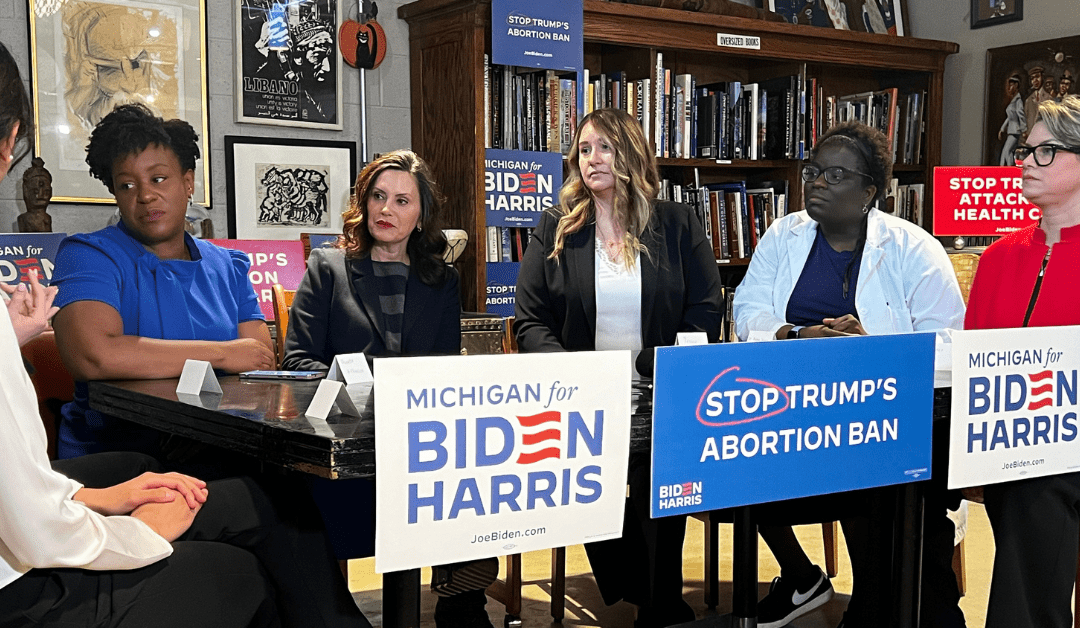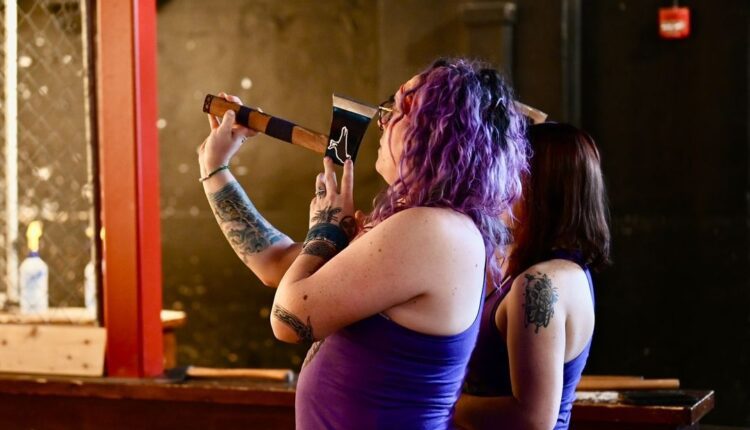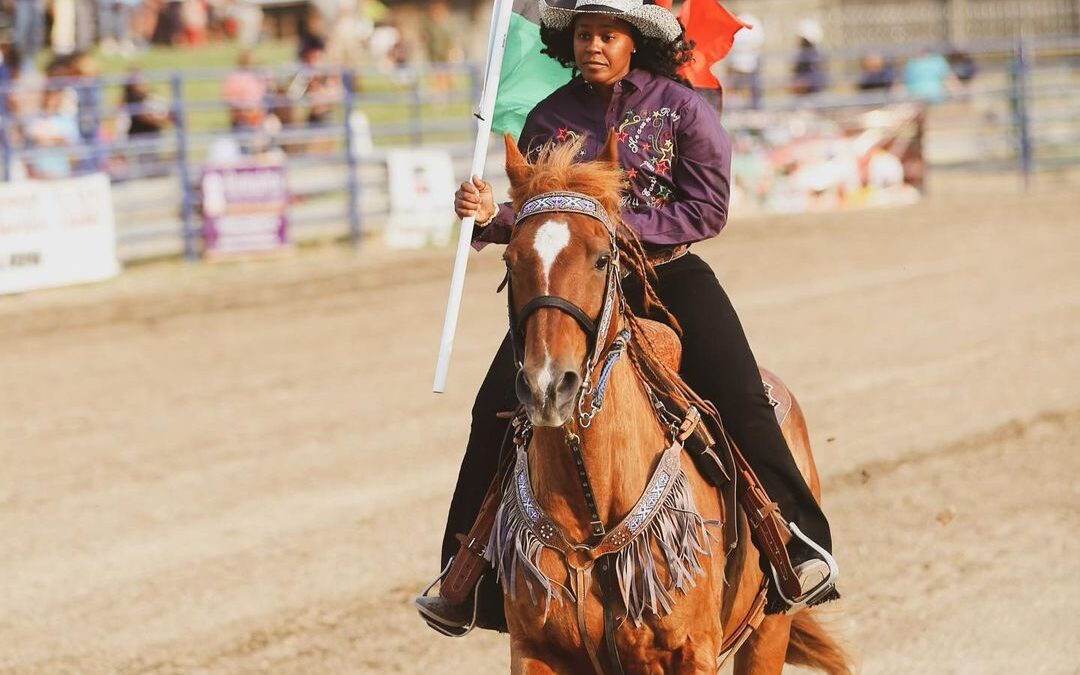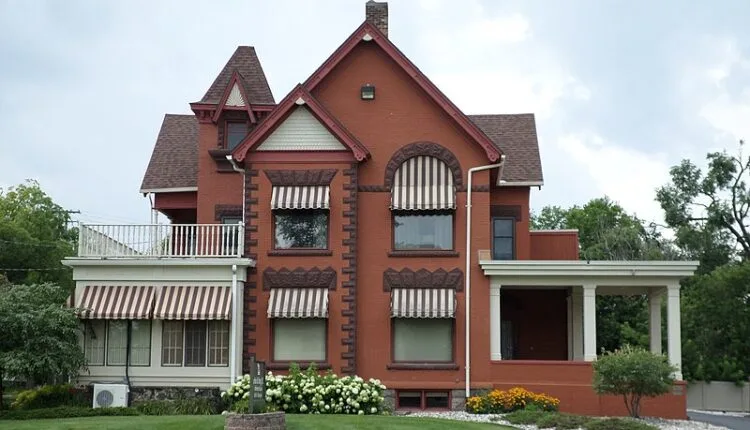
BY KEN COLEMAN, MICHIGAN ADVANCE
On Jan. 30, 1959, Detroit government officials broke ground on a federal interstate, I-375, that was the last leg in an urban renewal effort that eliminated a portion of an historic Motor City Black community.
Detroit Mayor Louis Miriani led the press event held at the corner of Hastings Street and Monroe Street. State highway funds helped to fund the effort. The one-mile freeway stretch opened on June 26, 1964.
The project, originally designed as an urban renewal residential development in a 1944 private-sector proposal, eliminated a segment of the historic Black Bottom community where dozens of businesses, homes of worship and cultural institutions were located during the 1920s, ‘30s and ‘40s. By 1949, the community was largely African American and poor.

Children of the Black Bottom community during the 1930s (Image via Edward Stanton Collection, Walter P. Reuther Library, Wayne State University, Edward Stanton photo)
US Census data in 1970 showed the Lafayette Park neighborhood, where I-375 is located, was about 75% white and middle class.
State efforts, that have included community meetings, to reimagine the freeway have been carried out for several years.
Detroit Mayor Mike Duggan said in 2022 that the freeway, which is about one mile in length, is a “barrier that … has become even more apparent.”
“It was Black residents and Black businesses that were hurt when Black Bottom was wiped out and they were displaced for the construction of this freeway. Black businesses today should benefit from the enormous development opportunities this project will create,” said Duggan. “The equity of who participates will be just as important as how the new boulevard ultimately will look. We can replicate what we did up on Livernois when we worked with neighbors to reimagine that historic business district, which is now the city’s most vibrant and successful Black-owned business corridor.”
The predominantly African American and poor Black Bottom and Paradise Valley communities were razed in the early 1950s to create a middle-class neighborhood with an underground freeway. The action, aided by a Michigan Supreme Court ruling in 1951 that helped the city of Detroit exercise eminent domain, displaced thousands of people.
US Transportation Secretary Pete Buttigieg said during a 2022 news conference in Detroit that “wealth that needs to be created will be created” as he helped to outline plans to reimagine the federal highway that displaced a historic Black community during the 1950s and 1960s.
“We know that some of the planners and politicians behind the decisions in the past to build roads like this one and others to build roads through the heart of vibrant, populated communities, sometimes in an effort to reinforce segregation, sometimes people who lived there did not have the power to resist and reinforce change,” said Buttigieg.

US Transportation Secretary Pete Buttigieg in Detroit. (Image via Ken Coleman)
US Sens. Debbie Stabenow (D-Lansing) and Gary Peters (D-Bloomfield Twp.) announced in 2022 that the US Department of Transportation would grant the Michigan Department of Transportation (MDOT) $104.6 million to reconnect the neighborhoods destroyed by I-375 in Detroit.
“I-375 bulldozed two vibrant Black neighborhoods and is part of an unjust and painful chapter in our history,” said Stabenow. “Instead of dividing our communities, we now have a chance to reconnect them and take a big step toward building a better future. Thanks to this major federal investment and commitments by MDOT and the city of Detroit, this project has the potential to create economic opportunities for our local businesses and residents.”
Duggan, who is white and has led the majority-Black city since 2014, welcomed the effort.
“It’s time to fill in the ditch,” said Duggan, referring to the underground portion of the freeway.
Today, Detroit is 77% Black and about 41% of its residents live at or below the federal government poverty line.
Politics

Trump says he would allow red states to track pregnancies, prosecute abortion ban violators
In an interview published by Time magazine this week, former president Donald Trump detailed his plans for a potential second term and said he would...

Whitmer: Reproductive rights still ‘in jeopardy’ in Michigan
Michigan Gov. Gretchen Whitmer is urging Michiganders to re-elect President Joe Biden in November—or else risk losing access to reproductive...

How to apply for a job in the American Climate Corps
The Biden administration announced its plans to expand its New Deal-style American Climate Corps (ACC) green jobs training program last week. ...
Local News

Detroit date night done right: 12 fresh and exciting ideas
Whether you want to make a good first impression with your latest Bumble match or surprise your spouse with an exciting evening out, Detroit is full...

Black cowboy culture will be on full display at upcoming Flint rodeo
Flint, Michigan, is set to host an exciting and culturally significant event this June: the Midwest Invitational Rodeo. This eagerly anticipated...






